Developing enquiries
Developing effective historical enquiries is not as easy as it might at first seem. Firstly, a successful enquiry depends upon the teacher having sufficient knowledge of the topic and the historical issues and controversies that surround it. In the teaching sequence, what do I include and what do I leave out? Secondly, the enquiry question must then be framed in such a way that it allows children to hypothesise, to grapple with an issue or controversy, the handle and evaluate evidence, to ask questions of their own and to make judgments. In this section, you will find advice and guidance to help you to plan and carry out effective historical enquiries with your pupils.
-

From Home to the Front: World War I
ArticleClick to view -

Viking and Anglo-Saxon struggle for the kingdom of England
ArticleClick to view -

Assessment and Progression without levels
ArticleClick to view -
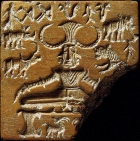
Investigating the Indus Valley (2600-1900 B.C.)
ArticleClick to view -

The 2014 History National Curriculum: how to get the best from heritage
ArticleClick to view -
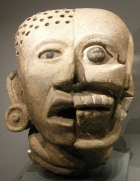
The Maya: a 4,000-year-old civilisation in the Americas
ArticleClick to view -
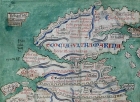
Britain's settlement by Anglo-Saxons and Scots
ArticleClick to view -
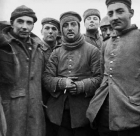
Ideas for Assemblies: Lest we forget
ArticleClick to view -
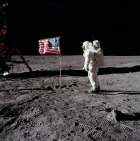
Implementing the 2014 curriculum in Year 2
ArticleClick to view -
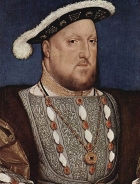
What do we mean by Big Picture History?
ArticleClick to view -

Using the back cover image: Sandbach Crosses - an Anglo-Saxon market cross
ArticleClick to view -

Place-names and the National Curriculum for History
ArticleClick to view -

Why stories?
ArticleClick to view -

Curriculum planning: How to write a new scheme of work for history
ArticleClick to view -
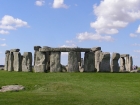
Stone Age to Iron Age - overview and depth
ArticleClick to view -
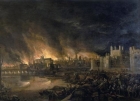
The Great Fire of London and the National Curriculum
ArticleClick to view -

The Early Years Foundation Stage Curriculum
ArticleClick to view -

Churches as a local historical source
ArticleClick to view -
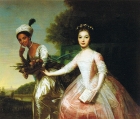
Slavery in Britain
ArticleClick to view -

Towards inclusion: A study of significant figures and disability within the national curriculum
ArticleClick to view

